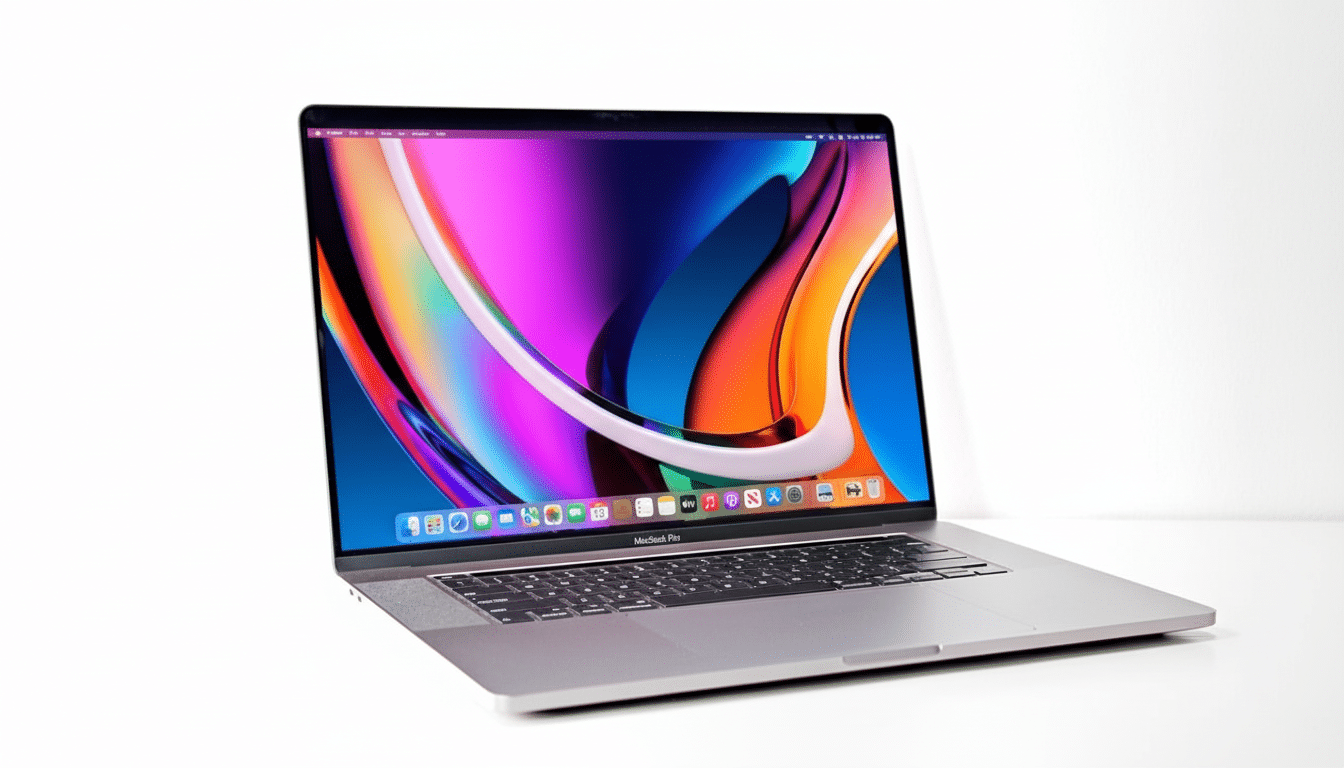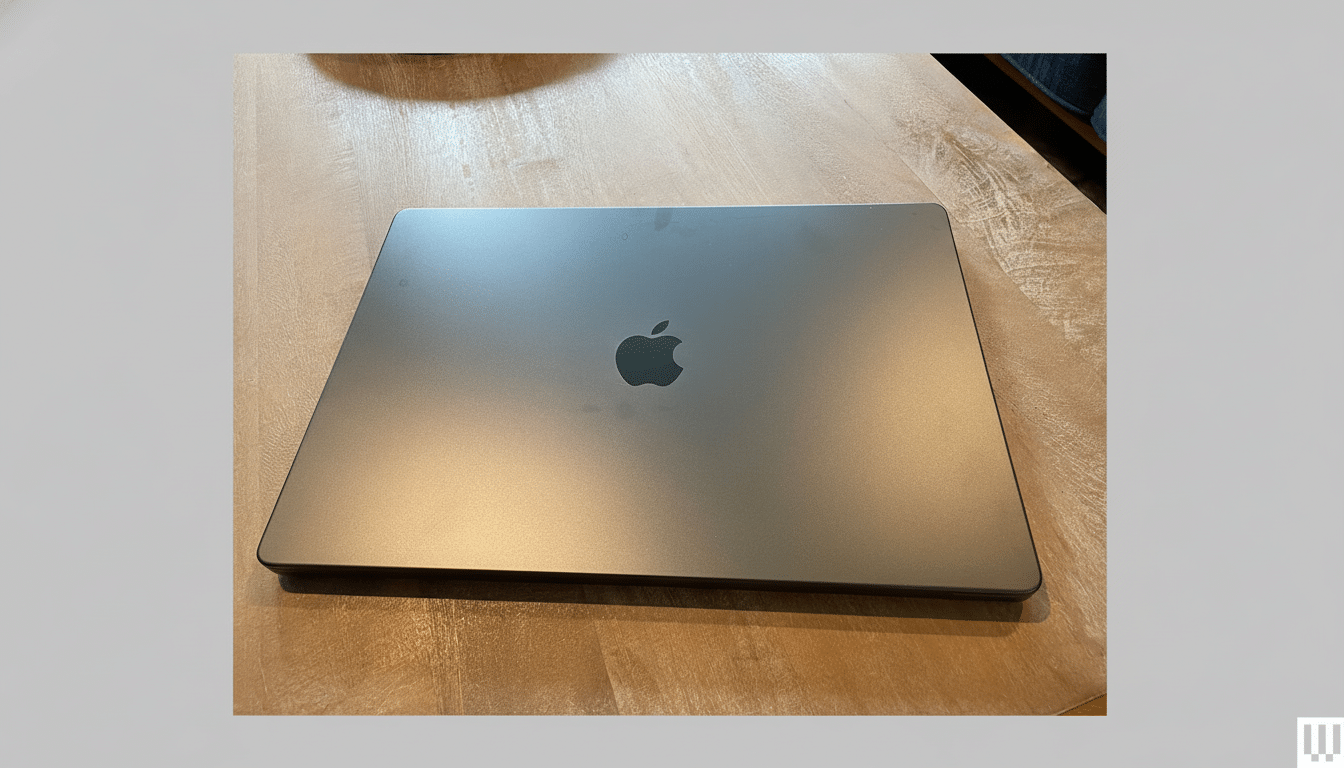The notion of a sub-$450 MacBook Pro seems like the kind of offer that only happens once in a blue moon, but the high-end refurb market has made it not only real but downright eagerly eyeballing into questioning your commitment to Apple’s own storefront. With 1TB SSD configurations and a sharp Retina display, along with that trademark Mac build quality, this is one of those times when premium hardware has fallen into budget laptop prices.
The appeal goes beyond novelty. At that price, you’re spending less than the sticker price on many tablets and Chromebooks — while getting a machine that still feels unmistakably pro. If you’ve been biding your time for a reasonable excuse to jump into macOS without the typical premium, here it is.

Why This MacBook Pro Price Is a Standout
Context matters. Apple’s current 14-inch MacBook Pro lineup begins well into four figures, and even midrange iPads can often be purchased for north of $450. The iPad Air, for example, starts hundreds of dollars more than that and the iPad Pro is well beyond. In that context, a MacBook Pro selling for under $450 seems less like a clearance oddity and more like an astute value play.
What makes these deals especially striking is storage. At this level, ultrabooks and regular Windows laptops commonly have a maximum 256GB or 512GB capacity. Spotting a 1TB SSD at this price gets rid of the typical juggle between cloud drives and external storage. For creators or students who juggle large media libraries or Xcode projects, having that local headroom is a big deal.
What You Get for Under $450 With This MacBook Pro
Refurbished 13.3-inch MacBook Pros in this range tend to pass through from the previous generation of Intel models, which includes a 2560×1600 Retina panel with True Tone for colors that match your ambient conditions. The Magic Keyboard and Touch Bar combo both have good travel distance and access to shortcuts, while Touch ID makes sign-ins fast and secure.
Under the hood, four cores in a 10th Gen Intel Core i5 populate many of these listings, which should work just fine for everyday tasks like web browsing and streaming video but remain pretty beefy for multitasking or photo edits or code work. Public Geekbench 5 scores already place this chip’s multicore scores in the mid-4000s, behind Apple Silicon but competitive for most workloads. These 13-inch Intel models get rated for up to roughly 10 hours on web and productivity battery life.
Connectivity is a quiet win. The models with four Thunderbolt 3 ports make it easier to use fast external drives and haul around one of those high-speed docks and a pair of 4K displays, the kind of flexibility that budget machines often skimp on. Then there’s 8GB or 16GB of RAM you’d expect for the tier (and standout offers include both), and in a standout deal you’re also getting a 1TB SSD that banishes storage anxiety on day one.
Refurbished Reality And How To Vet A Deal
Grade A refurbished generally means there is slight-to-no cosmetic wear and that the components are in good working condition. Still, do your due diligence. Check the warranty (90 days should be a minimum; a year is better) and the size of the return window. Authoritative sellers will make battery cycle count known; modern MacBook batteries are rated for around 1,000 cycles before they’ll hit 80 percent capacity, so a low cycle count is a very good sign.

Inquire about the SSD’s state of health status and that activation lock is clear. Verify you got the correct charger and cable, and look for any screen issues or dysfunctional keyboard upon arrival. If you ever need a battery replacement, Apple’s published service pricing for most 13-inch MacBook Pro models has generally been in the neighborhood of $199, which can also be factored into total cost of ownership.
For your peace of mind it’s great to see sellers who follow standard refurb standards and publish full test checklists. For years, Consumer Reports has recommended that you prioritize solid warranties and clear grading; the basics are more important than rock-bottom price.
Intel Versus Apple Silicon: Performance and Value
Yes, Apple’s M-series laptops are faster and cooler. The M1 is a big leap over 10th Gen Intel in most benchmarks, with better battery life that can stretch into the mid-teens for web browsing. The M2 extends that advantage. If you are rendering video all day, working with massive projects, or taking advantage of the most up-to-date on-device AI features, Apple Silicon is the smarter buy — but it can also be more costly.
But there are reasons to love this Intel-era Pro. It has mature Thunderbolt 3 support, system memory and storage that’s frequently upgradable only at the time of purchase but sufficiently flexible, and compatibility with x86 software is still quite wide. It’s worth noting too that Intel models also work well with some eGPU configurations, which Apple Silicon doesn’t officially support — a niche benefit for graphics-intensive tasks.
Who This Refurbished MacBook Pro Deal Is Best For
If you’re slinging documents, spreadsheets, Slack conversations and dozens of browser tabs all day long with light photo edits thrown in now and then, this MacBook Pro falls into the sweet spot: premium chassis, calibrated display, top-tier keyboard and generous storage without the premium price.
Students, freelancers and road warriors will be glad to find a decent balance of portability and power.
If your work is GPU-heavy, or you need the best battery life possible, consider saving up for an M-series model instead. For the rest of us, a pristine, warrantied MacBook Pro for around $430 is among the best laptop bargains available right now — an uncommon opportunity to obtain pro-grade hardware for less than many tablets.

